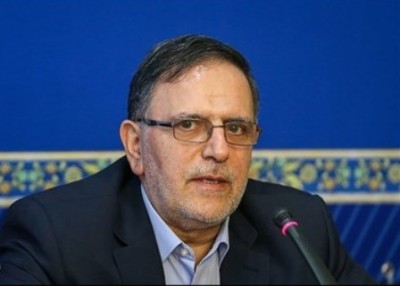PHOTO: Head of Iran’s Central Bank, Valiollah Seif
As it appeals for foreign investment after the July 14 nuclear deal with the 5+1 Powers, Iran has played down reports that it will soon recover up to $150 billion from the agreement.
The head of the Central Bank, Valiollah Seif, said on Sunday that the figure was exaggerated. He said only $23 billion of frozen assets overseas belong to the Bank, with another $6 billion to $7 billion in Government revenues from sales of crude oil also blocked due to sanctions.
The expectations have been further dampened by statements in Iranian media that settlements for the oil money may take time, requiring completion of agreement with European and Asian refiners and companies.
Under the nuclear deal, US and European Union sanctions will be lifted once the International Atomic Energy Agency verifies Iranian compliance with the terms of the nuclear deal. The IAEA has said that it hopes to complete that process by December 2015.
US critics of the agreement have warned that Iran will use the $100 billion to $150 billion “windfall” to fund “terrorism” and expansionist plans in the Middle East, including support of Syria’s Assad regime and intervention in countries such as Iraq and Yemen.
State outlet Press TV implicitly rejected the claims on Sunday, asserting, “President Rouhani has issued a directive to lock the billions of dollars that will be released to Iran and use them only for promoting industrial output as well as the development of the country’s infrastructure.”
On Friday, Industry Minister Mohammad Reza Nematzadeh told a business conference that Iran’s foreign reserves total between $115 billion and $125 billion.
Nematzadeh said the Central Bank’s reserves are about $90 billion to $100 billion, while the National Development Fund has about $20 billion to $25 billion. Government companies and organisations have foreign holdings of about $5 billion to $10 billion.

